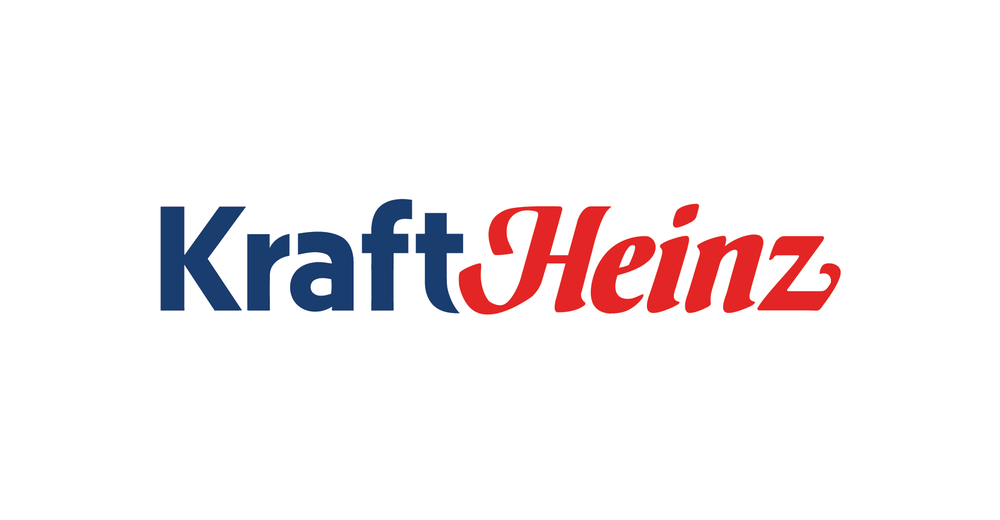The V&D disaster
The 31st of December, a day which should have been a festive day, turned out to be a horror day for the approximately 10 thousand employees of the V&D. The prominent department store was declared bankrupt by the court of Amsterdam that day. How could this happen?
There are different sides to this story. The first one is the advent of the internet. Nowadays it is more common to order things online, which may make stores like V&D become obsolete. In 10 years’ time the amount of people that order things online grew from 5,9 million to 10,4 million people in the Netherlands. Also the amount of money that is spent online grew significantly. The online store concept is making it difficult for department stores. The whole concept of having everything under one roof is outdated. It is easier to go online and search for the products you need; you will have the right products just within a couple of seconds on your computer screen with even a larger range of alternatives to choose. But this is not the only reason why V&D went bankrupt. The investors of Sun Capital who took over V&D in 2011 also played a role in the bankruptcy of the company. The investment company sold all V&D’s real estate to earn a large amount of money in a short period for their shareholders. This resulted in higher fixed costs for the company, as it now had to rent store space.
But could this have been prevented? The answer to this question is no. V&D did everything in its power to remain solvent, but nothing was good enough. First of all, Sun Capital invested 47 million euros in July 2015, which made them their own main banker. The board of Sun said that this amount of money would let the company run for another 4 years while the money was just enough to run for another 5 months. Another action that was taken to save the company was a reduction of the salary. Don Roach, interim director V&D, demanded a sharp reduction of the rent and a reduction of 5,8% of the salary. This seemed to work; begin February the landlords and Sun invested 130 million euros in the department store. However, the unions went to court. After the unions were vindicated by the court, both parties came to an agreement in July. The salary stayed the same however in exchange there were 300 to 400 dismissals. Furthermore, there was spoken with Eredivisie clubs to open fan stores and a new strategy was put in motion. The new director of V&D, John van der Ent who started as director of V&D in March, said that the new focus would be on the home fashion brands and the company’s restaurant La Place. Van der Ent also said that their target audience did not wear a size 34 but consists of women from 35 to 65.
The icing on the cake was the disappointing sales of the winter fashion and the most recent sales volume Prijzencircus which was also a big letdown. What will happen with V&D now? There is lots of speculation about what will happen to the firm, but what will really happen will be clear really soon.













